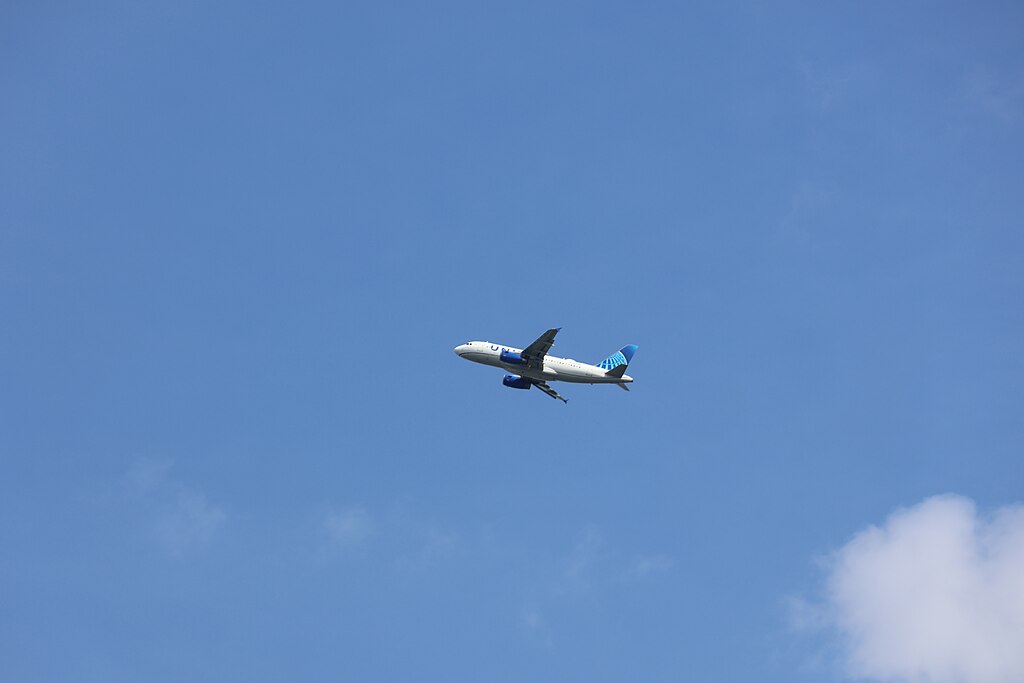
Aircraft above Arlington National Cemetery in Arlington, Virginia. Aircraft that are cruising at such altitudes never touch their absolute ceiling.
Photo: DiscoA340 via Wikimedia According to the Aviation and Space Dictionary by Ernet G. Gentle, absolute ceiling refers to “the maximum height above sea level at which a given airplane would be able to maintain horizontal flight under standard air conditions.”

Photo:CAPTAIN RAJU via Wikimedia
When an aircraft is operating at its absolute ceiling, its rate of climb is zero. The absolute ceiling is merely a theoretical value. The absolute ceiling will always be higher than an aircraft’s service ceiling. An aircraft’s absolute value is much higher than the highest point of the Himalayas.

Photo: Raffaello Tesi aka Rutja76 via Wikimedia Commons
The Airbus A380, the largest passenger plane, has a service ceiling of 43,100 ft – its absolute ceiling much higher. In contrast, cumulus clouds can stretch vertically into the atmosphere up to 12,000 meters (39,000 feet) high, though they are typically formed 6000 meters or higher. This is why aircraft are often found cruising above the clouds.
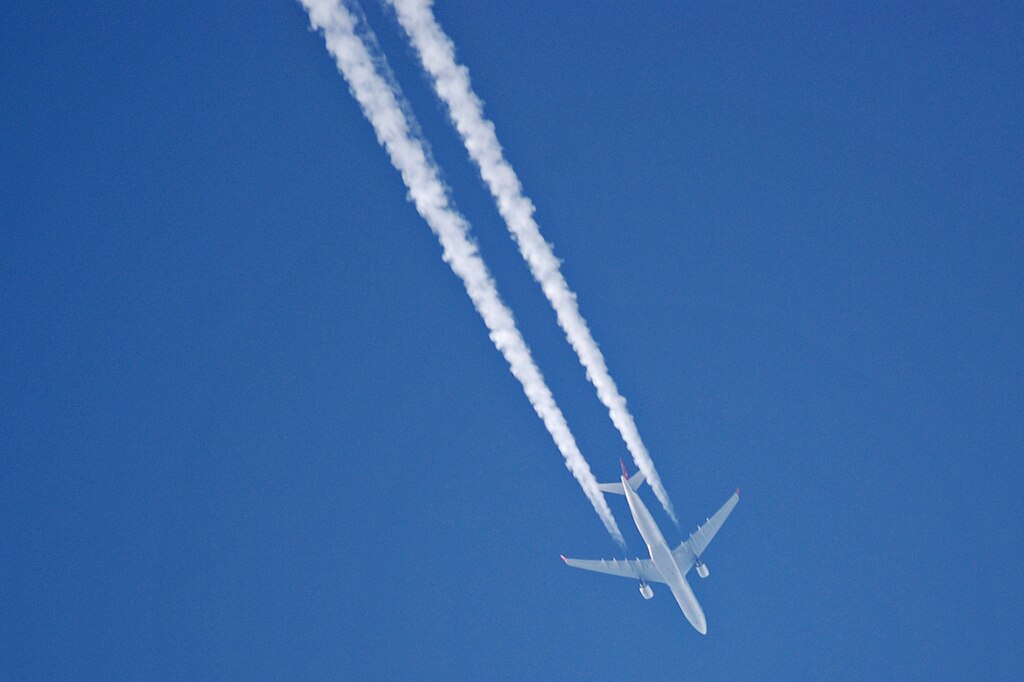
Photo: Pieter van Marion via Wikimedia Commons
At the absolute ceiling, the largest thrust the engines can provide is the same as the smallest thrust needed to keep the aircraft flying at the same height and speed. This means that an aircraft flying at the absolute ceiling can no longer fly faster or higher.

Photo: CAPTAIN RAJU via Wikimedia Commons
If an aircraft flies at its absolute ceiling, air density is reduced, making it difficult to cool the engine. Engines can’t cool as quickly at the airplane’s absolute ceiling, which can lead to overheating.
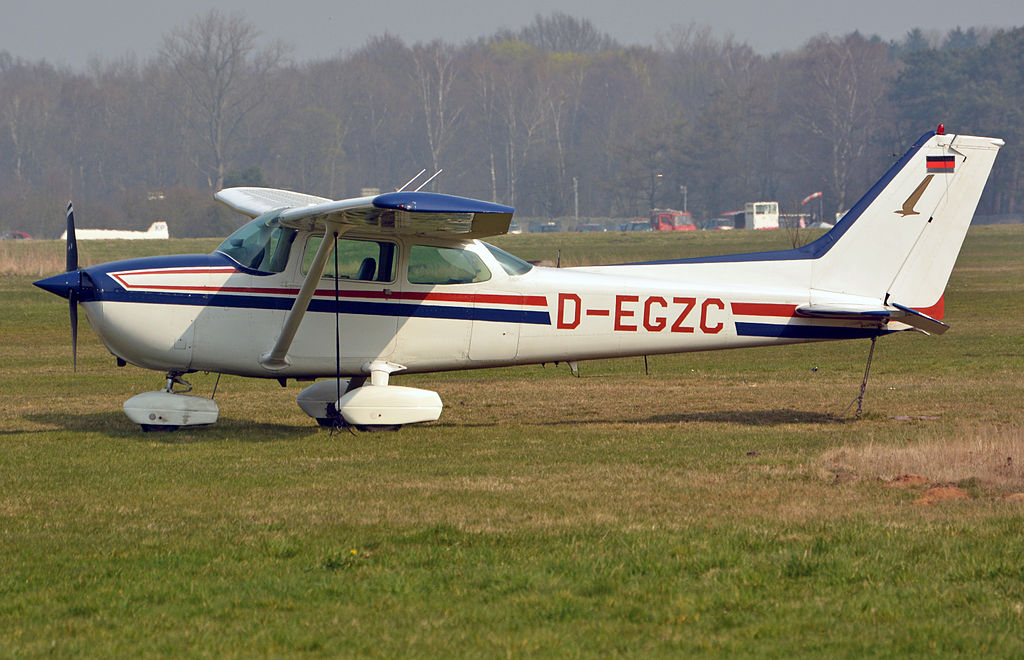
Photo:Frank Schwichtenberg via Wikimedia Commons
A lightbody aircraft such as the Cessna 172SP has a published service ceiling of 14,000 feet ASL. In comparison, a widebody such as the 777-300 has a service ceiling of 43,100 ft. Absolute ceiling isn’t generally published by manufacturers and service ceiling is taken as a benchmark instead.
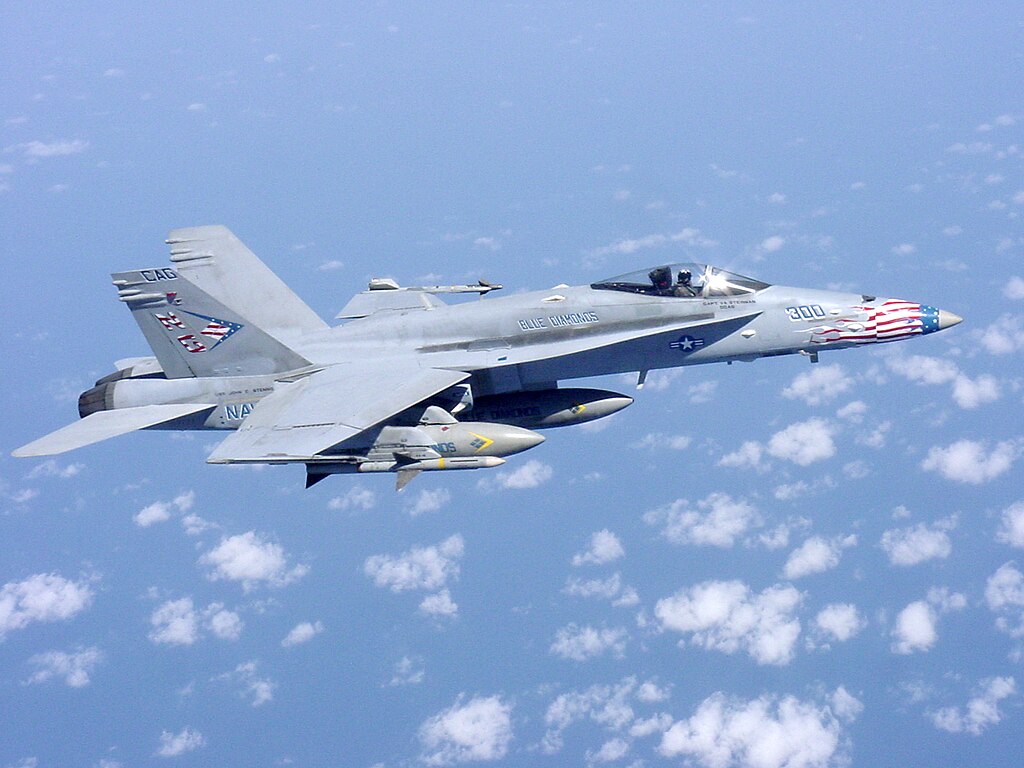
Diamonds
Photo: U.S. Navy photo by Lt. Kyle “Chet” Turco via Wikimedia Commons
All airplanes have an absolute ceiling, including military jets. Military jets often fly at an even higher altitude than commercial Aircraft.

Photo: Clemens Vasters | Wikimedia Commons
The official FAI altitude record is 37,650 m (123,523 ft),by Alexandr Fedotov (USSR) flying a highly modified MIG-25 ‘Foxbat’ (designated E266M) from Podmoskovnoe Aerodrome, Russia, on 31 August 1977. Supersonic aircraft can reach higher speeds at higher altitudes, At higher altitudes, while supersonic speeds can be maintained, the aircraft may face limitations due to reduced engine performance.
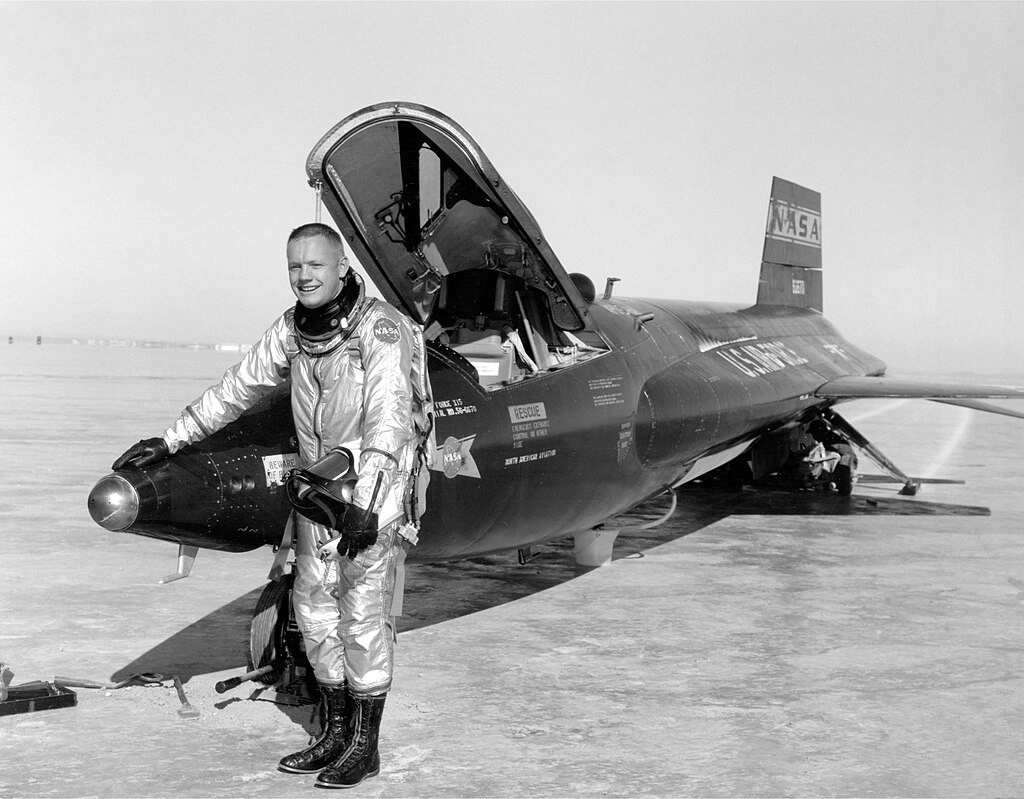
Photo: NASA via Wikimedia commons
In 1963, an X-15 using a propellant of oxygen and ethyl alcohol reached an altitude of over 100 km scientist also have recognized as the altitude at which space begins. This altitude is much more than eight times higher than the service ceiling of the A380.
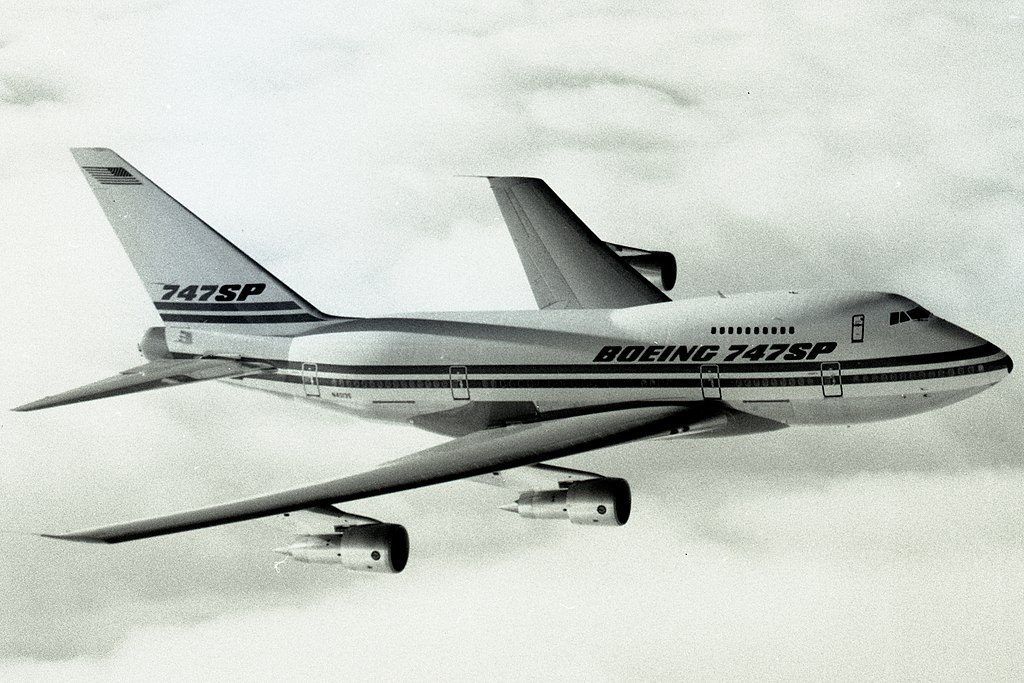
Photo::National Archives and Records Administration | Wikimedia Commons
